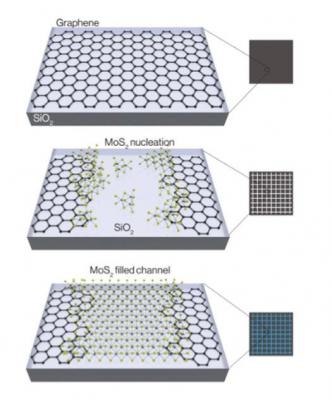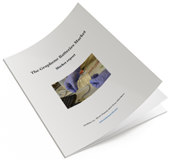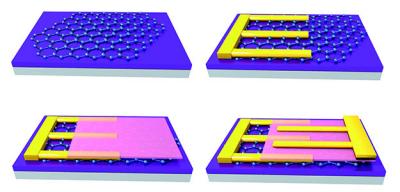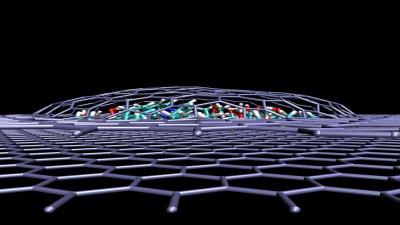Graphene and MoS2 used by Berkeley Lab to make a transistor
Researchers at the U.S. Department of Energy’s Lawrence Berkeley National Laboratory (Berkeley Lab) have developed a way to assemble transistors based on graphene and molybdenum disulfide.

The method etches narrow channels in conducting graphene laid down on a silicon-dioxide substrate. These channels are then filled with the 2D MoS2. The method allows graphene to inject electrons into the conduction band of the MoS2 channel with improved performance compared with simply using metal contacts to inject electrons, according to the researchers.



